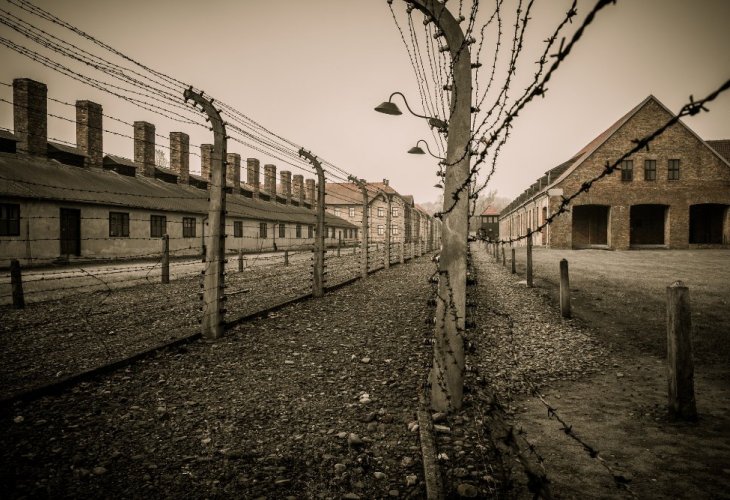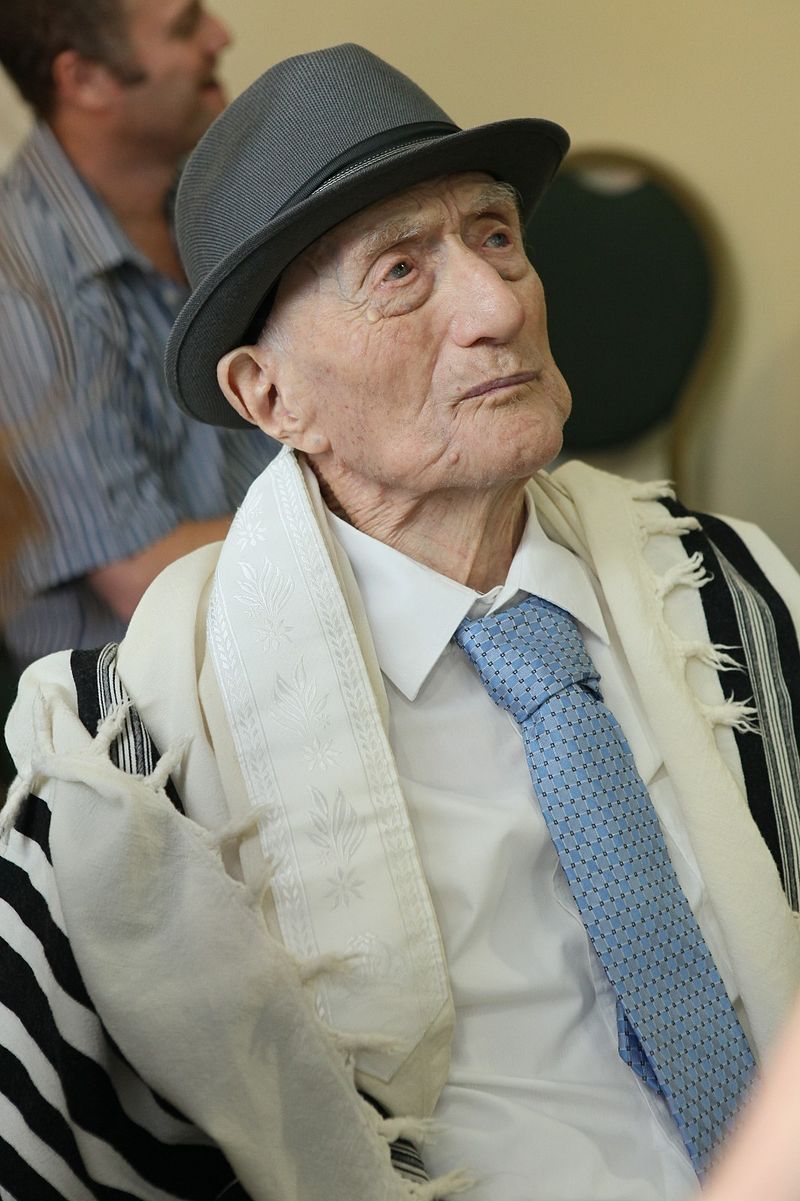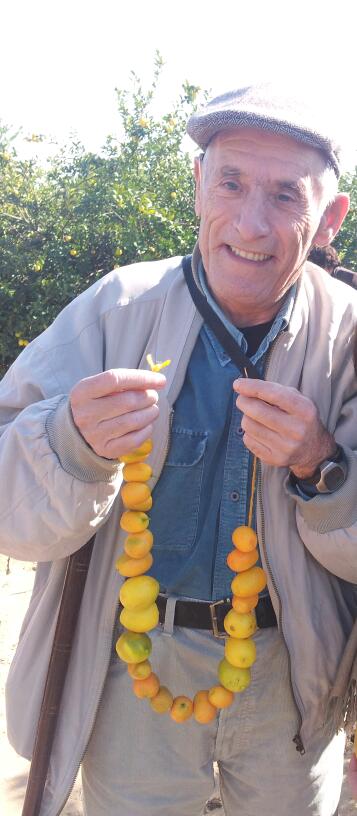The Holocaust
From Auschwitz to Eternity: The Stories of The Oldest and Youngest Holocaust Survivors
Two Holocaust survivors whose lives remind us of the resilience of faith, memory, and the Jewish spirit

In 2016, Israel Kristal, then 112 years old, was officially recognized by the Guinness World Records as the oldest living man in the world, based on documents discovered in Poland verifying his age. He proudly considered himself the oldest man alive to put on tefillin. Just a few days before his 114th birthday, Kristal — once the world’s oldest Holocaust survivor, passed away.
Born in 1903 to a Jewish family in Poland, Kristal began studying in cheder (Jewish school) at age 3. He lost his mother at age 10 and his father after World War I.
In 1920, he moved to Łódź, where he began working in his family’s candy factory. Eight years later, he married and had two children. When Nazi Germany invaded Poland during World War II, he continued making sweets in the Łódź Ghetto, but tragically lost both children.
“During the years in the ghetto, both of my father’s sons died of illness at ages eight and ten,” recalled his daughter, Shula Kupershtoch, in an interview. “What kept my parents alive for so long was his candy-making talent. The Germans celebrated birthdays and weddings, and my father made all their sweets. That talent saved his life, because he became essential in the ghetto. At first, they even provided him with ingredients so he could keep working.”
In May 1944, Israel and his wife Feige were deported to Auschwitz in one of the last transports from the ghetto. They spent ten months there, enduring forced labor and a death march. When liberated, Kristal weighed just 37 kilograms (81 pounds). His wife did not survive.
After the war, Kristal returned to Łódź and reopened his candy factory. There he met Bat Sheva, a fellow survivor who had also lost her family. They married and immigrated to Israel in 1950, where they had three children (one of whom died in infancy).
For most of his life, Kristal continued making candies — even after retirement. Because World War I had prevented his Bar Mitzvah at age 13, he decided to make up for it — 100 years later. “It always bothered him that he never had a Bar Mitzvah,” his daughter said. “This was his way of setting it right.”
Just days before his 114th birthday, Israel Kristal passed away, leaving behind a son, a daughter, grandchildren, and great-grandchildren.
“I was blessed with a wonderful father who gave me confidence and strength,” said his daughter Shula. “Despite everything he endured — losing his entire family in the Holocaust, he remained optimistic. He always saw the light and the good in every situation. He had perspective, and knew what truly mattered. When my husband passed away, he told me: ‘Take comfort that he has a burial place. In Auschwitz, so many had none — their ashes scattered to the wind. But here, he rests in the holy soil of Israel.’”
 The late Israel Kristal
The late Israel KristalPeter Grünfeld was born in 1940 and became known as the youngest survivor of the Auschwitz death camp. His life story inspired Yossi Sarid’s book, “Papichik – He Didn’t Know His Name.”
He was born in Prague as Josef (“Papichik”) Kleinman. He had a twin sister, Martha, and an older sister, Amalia. When he was four years old, five members of his family were taken by the Nazis to the Theresienstadt ghetto in Czechoslovakia, and from there deported to Auschwitz. Upon arrival, Peter was separated from his parents and sisters and sent to Dr. Josef Mengele’s infamous “twin barracks.”
Dr. Mengele conducted cruel experiments on human beings, especially twins, through physical and psychological torture. These experiments caused lifelong physical and emotional pain for Peter. When Auschwitz was liberated, he was only five years old — the youngest known child to emerge alive from the camp.
He remembered nothing of his name, only his mother’s affectionate nickname, “Papichik.” After liberation, the small boy fell asleep in the snow until he was found by a man named Shmuel Grünfeld, who took him home and gave him his name. After Shmuel’s death, his daughter formally adopted Peter.
Peter lived with the Grünfeld family in Hungary, later married, and had three children. In 1979, they immigrated to Israel.
Determined to keep the memory of the Holocaust alive, Peter became a witness and educator, accompanying youth trips to Poland and sharing his story. On one of those trips, he met Knesset Member Yossi Sarid, who later wrote the book about his life. Sarid described how Peter suffered from constant pain due to Mengele’s experiments but could not afford medication.
Peter Grünfeld lived alone in his home in Ashkelon, Israel, until his passing.
 The late Peter Greenfeld. Photo: Sheli Haziza
The late Peter Greenfeld. Photo: Sheli Haziza
